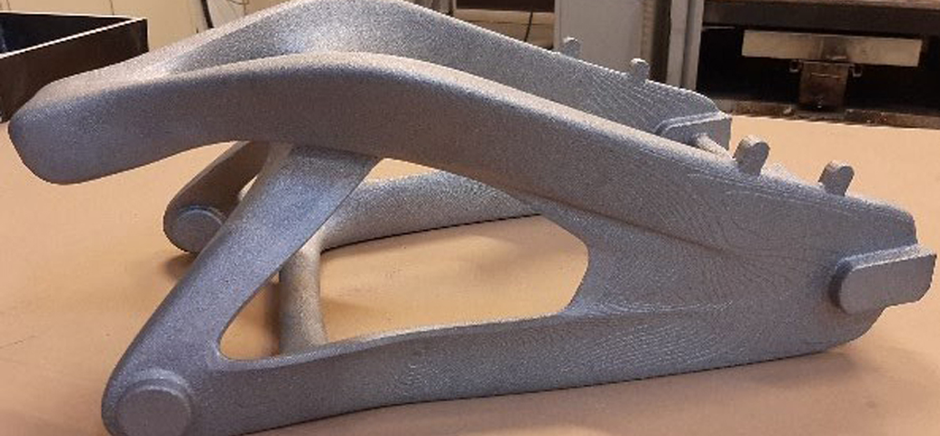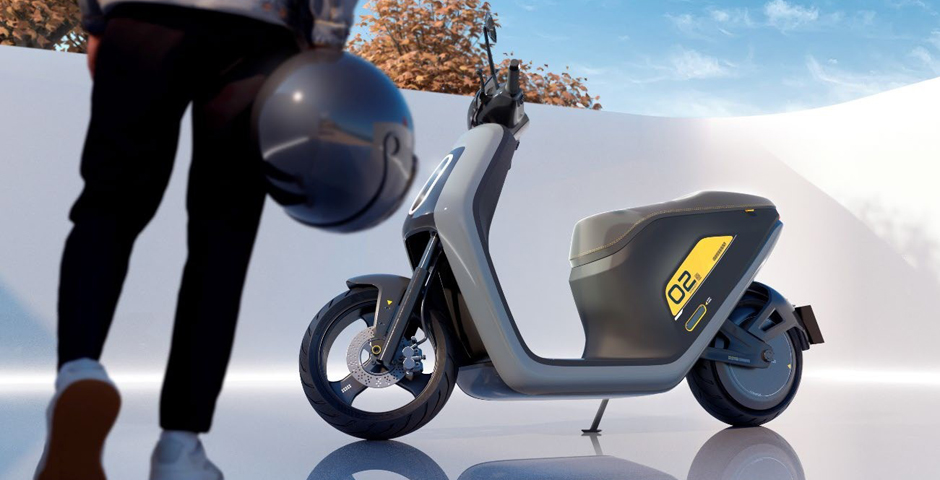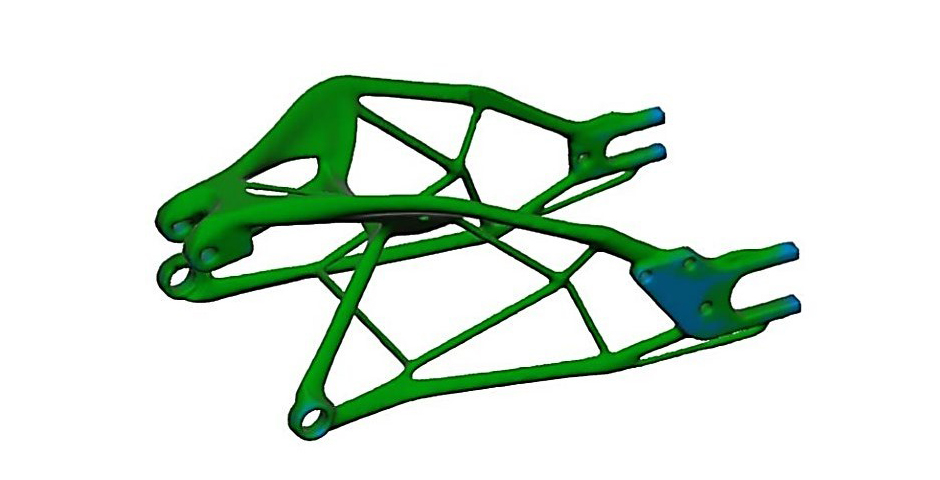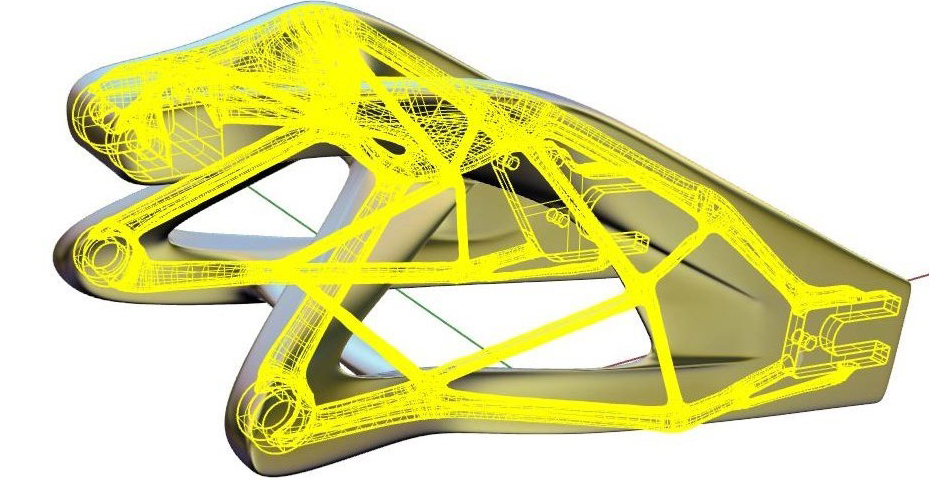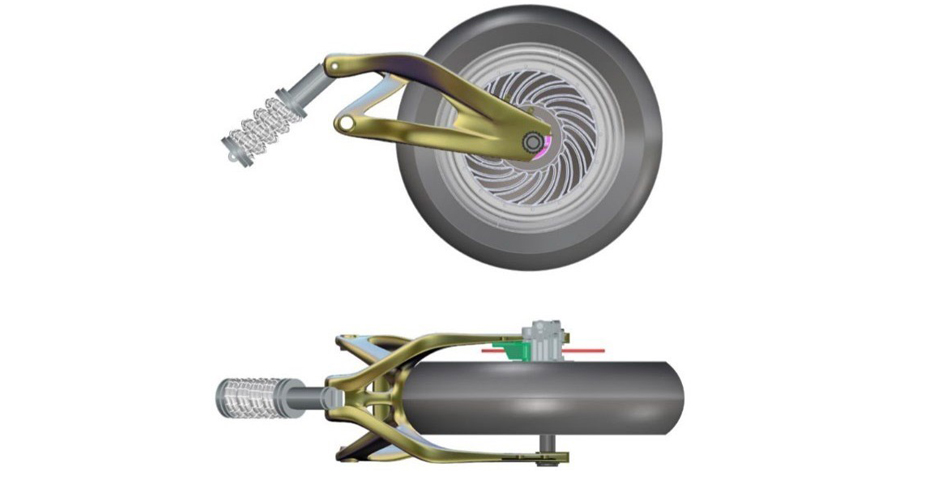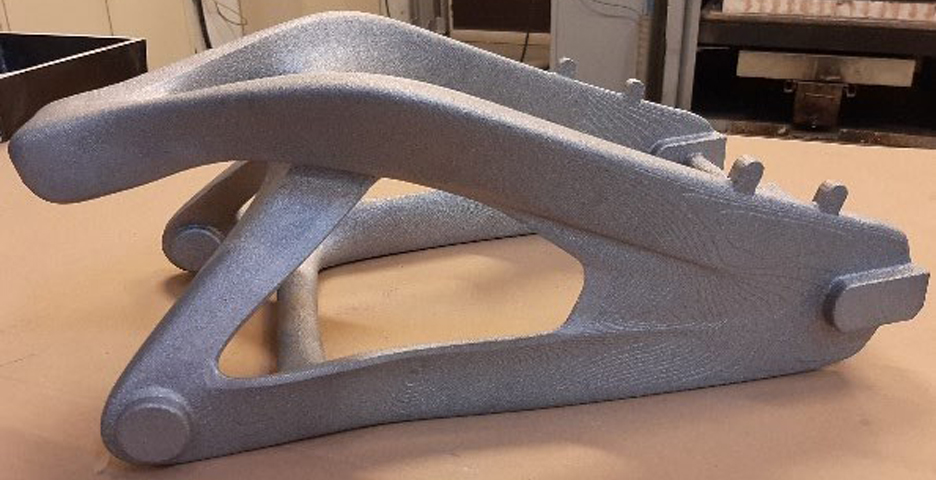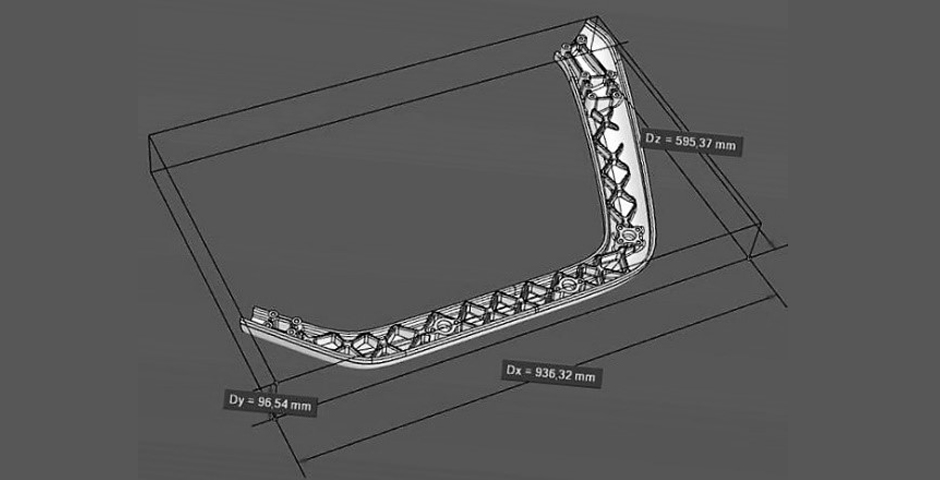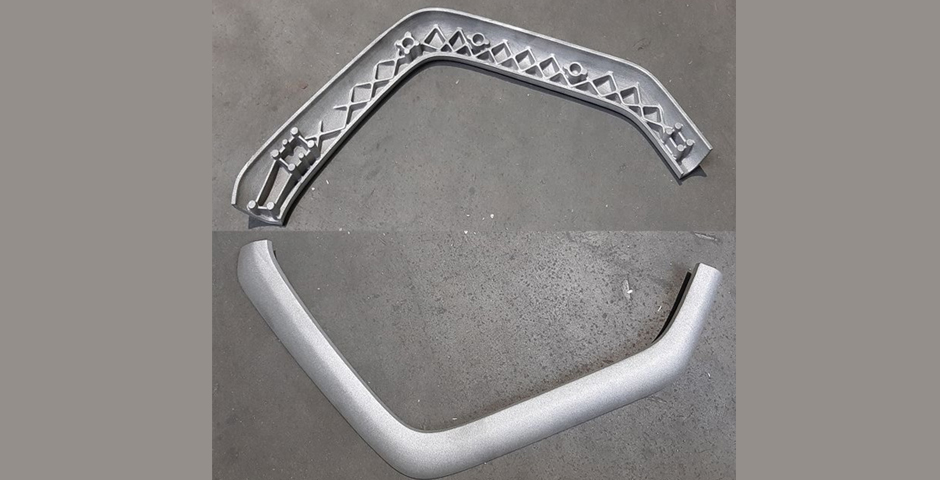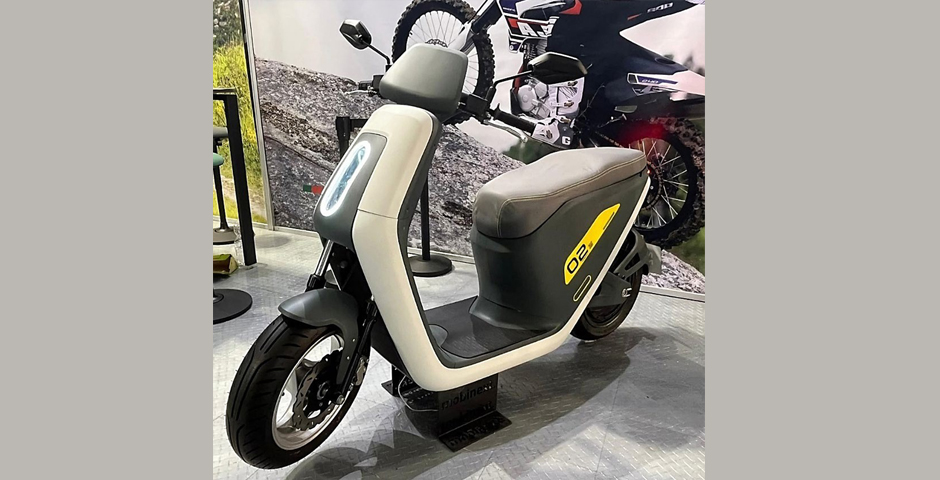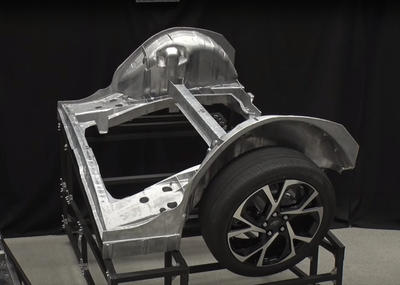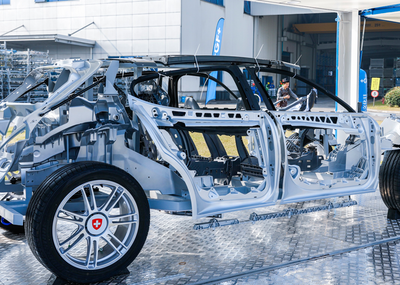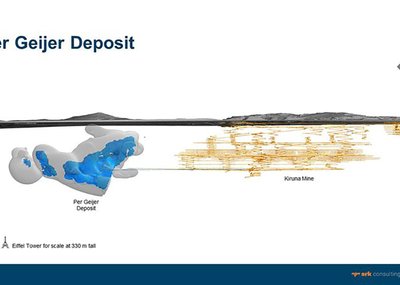Mobility is one of the biggest challenges for cities due to the increasing concentration of population. The lack of space, the increase in CO2 emissions and the inadequacy of conventional transport systems require new approaches that can counteract the use of private vehicles by the population. Shared mobility has emerged as a solution for a new model of urban development. Although the supply of electric scooters on the market is promising, it is currently not prepared for the new concept of shared mobility and the demographics of some cities. To remedy this, the Mobinext project, funded by the Portugal 2020 programme, aims to develop a new electric scooter model for shared mobility in cities.
The project consortium is made up of Portuguese companies and research centres - AJP, Almadesign, CEiiA, CITNM and Wyze - to develop a differentiated electric scooter with Portuguese know-how, adapted to the challenges of our cities. The proposal foresees the development of a lighter electric scooter with innovative structure and design, powertrain integration and a connectivity module that respects ergonomic principles and promotes better, simpler and safer human-machine interaction. The consortium will also develop a new mobility sharing platform supported by AI and IoT mechanisms to enable better connectivity, integration and optimisation of operations.
Consortium
AJP is a company specialised in the design, manufacture and sale of motorbikes. It is currently the only Portuguese motorbike manufacturer. AJP stands out for its creativity and technological innovation in the development of new motorbike models, which has been part of the brand's DNA since the beginning. AJP is leading the Mobinext project, providing the necessary skills for the design and manufacture of the scooter's components.
Almadesign's focus is on driving innovation through design and using it as a tool to bring people, skills and abilities together. The focus is on technology-based development, user-centred solutions for transport (air, rail, road and sea), industrial equipment, electronic devices, furniture and interior design. In the Mobinext project, Almadesign is responsible for the overall design of the scooter and the public communication of the developments.
CEiiA is an engineering and product development centre that designs, develops and produces new technologies, products and services for a more sustainable society. It is a link between cities, industry and universities in high-tech sectors such as automotive, aeronautics, maritime and space. Under this project, CEiiA will develop the scooter's connectivity module and management system.
The Centre for Innovation and Technology
N. Mahalingam (CITNM) is a non-profit association whose main objectives are to promote research, development and innovation (R&DI) and training in technologies related to metallurgy in the foundry and automotive sectors. CITNM promotes and stimulates specialised training, collaboration and technology transfer between companies, universities, organisations and other public and private entities in order to create synergies to increase R&Di capacity. CITNM contributes to the Mobinext project with its expertise in metallurgy and foundry processes to develop the scooter's rear swing arm and side beams.
WYZE is a start-up company that aims to provide cities with technology-based
technology-based, innovative micro-mobility solutions to make cities more liveable. Wyze has been developed with an approach that looks at life as a whole and mobility as a constant need in people's lives, targeting those who want to get around practically and efficiently with reduced environmental and social impacts. At the end of the project, it will be responsible for the integration of electric scooters in cities.
Main objectives
The project partners intend to revolutionise the way people get around in cities by developing a differentiated electric scooter model with a management system that enables communication between vehicles and a more organic human-machine interaction. The main objectives of the Mobinext project are:
-Conceptualise, design, develop and test a new concept of electric scooters for shared operation;
Develop a backend module for operations management and a mobile application for user experience management;
-Development of the scooter's connectivity module;
-Developing competing structures with advanced aluminium alloys using additive manufacturing and casting simultaneously;
Demonstration and validation of how the solution can add value to the shared mobility service by creating and engaging a pilot test community throughout the product/service development process.
The design of the electric scooter developed by Almadesign is shown in Figure 1.

